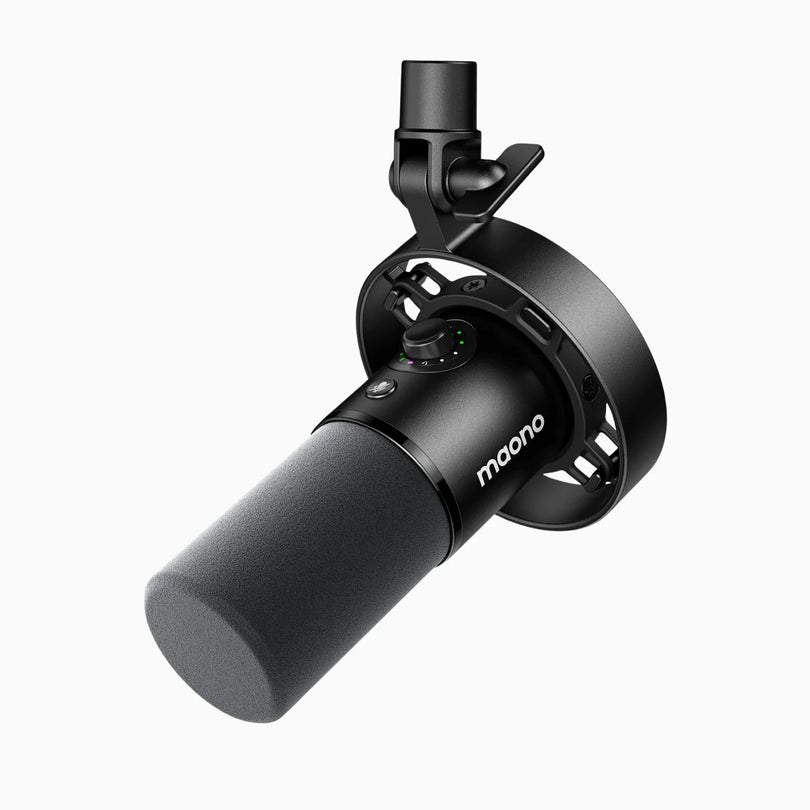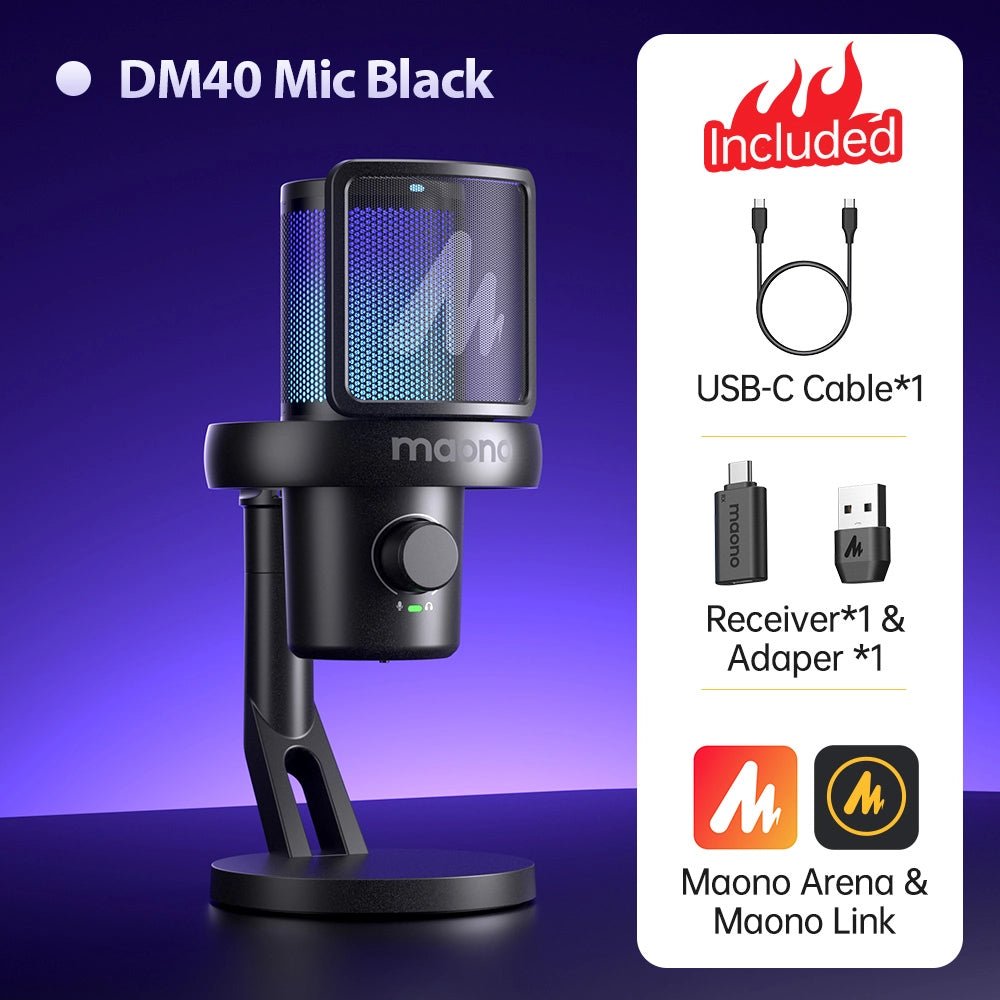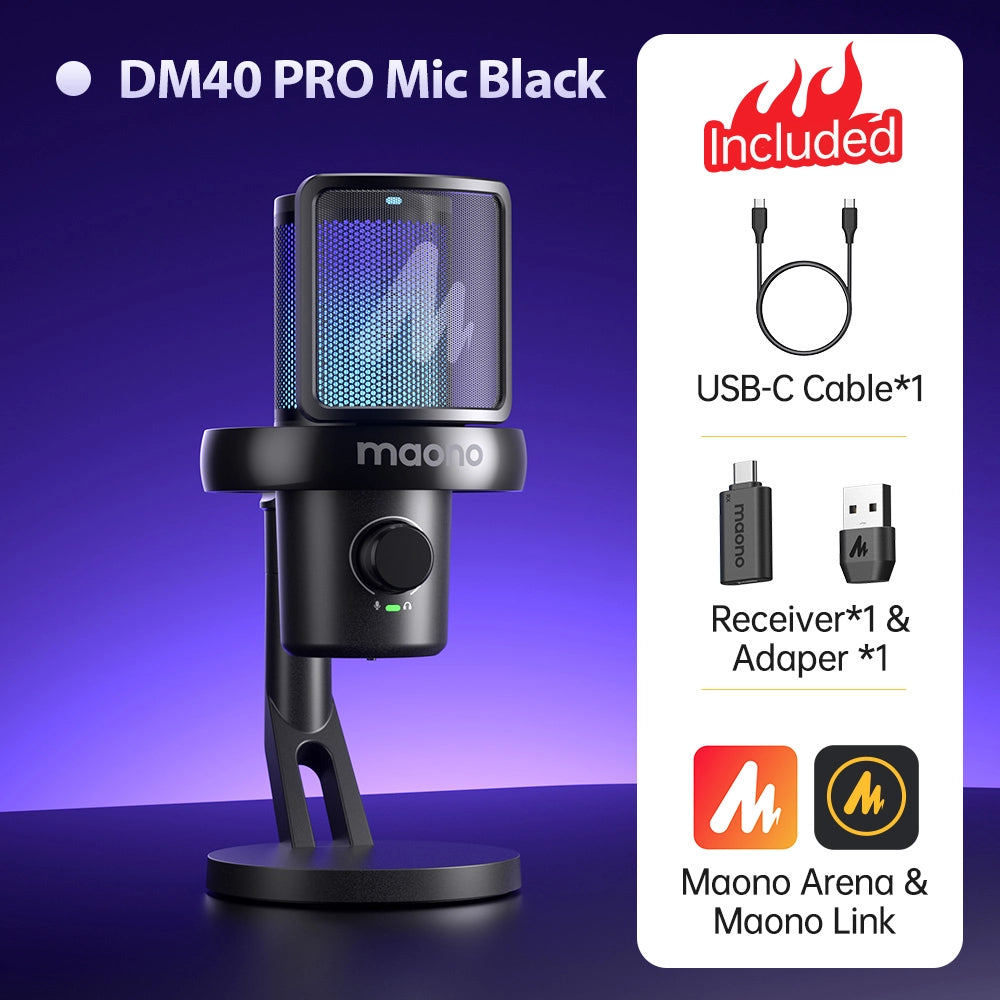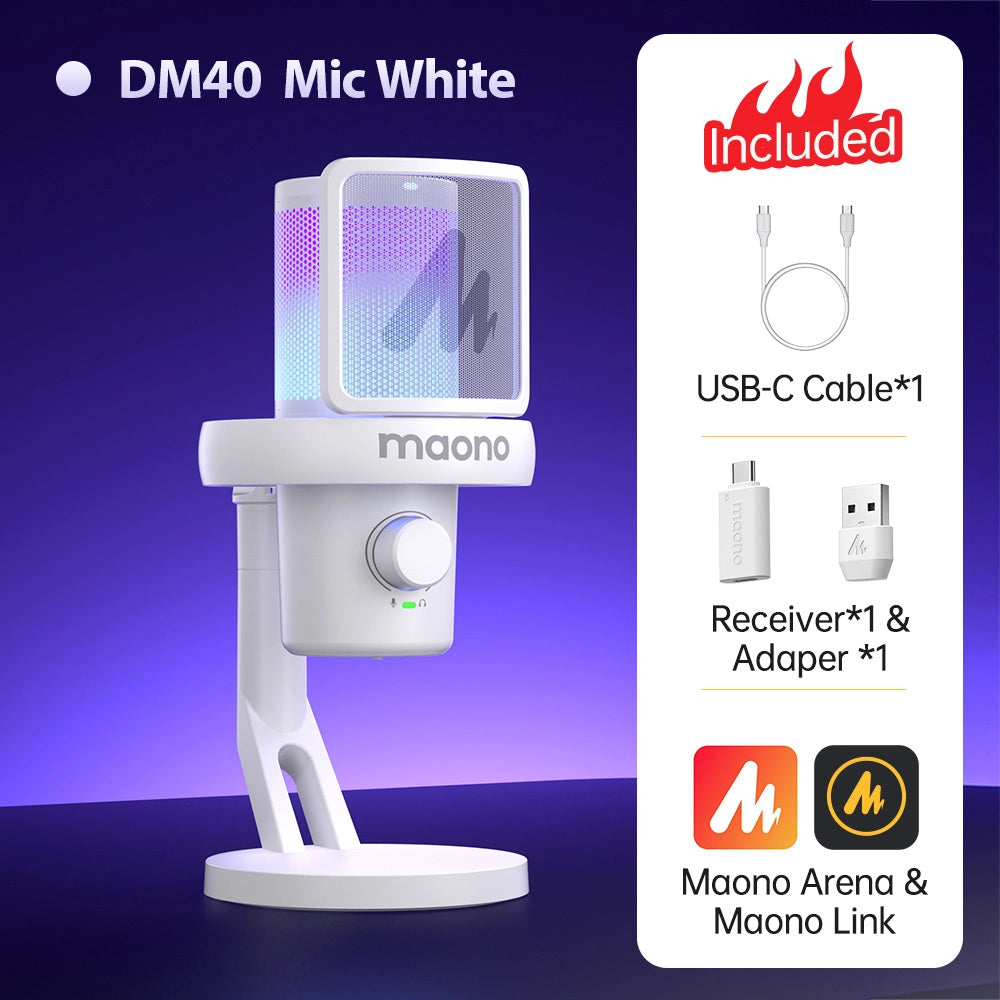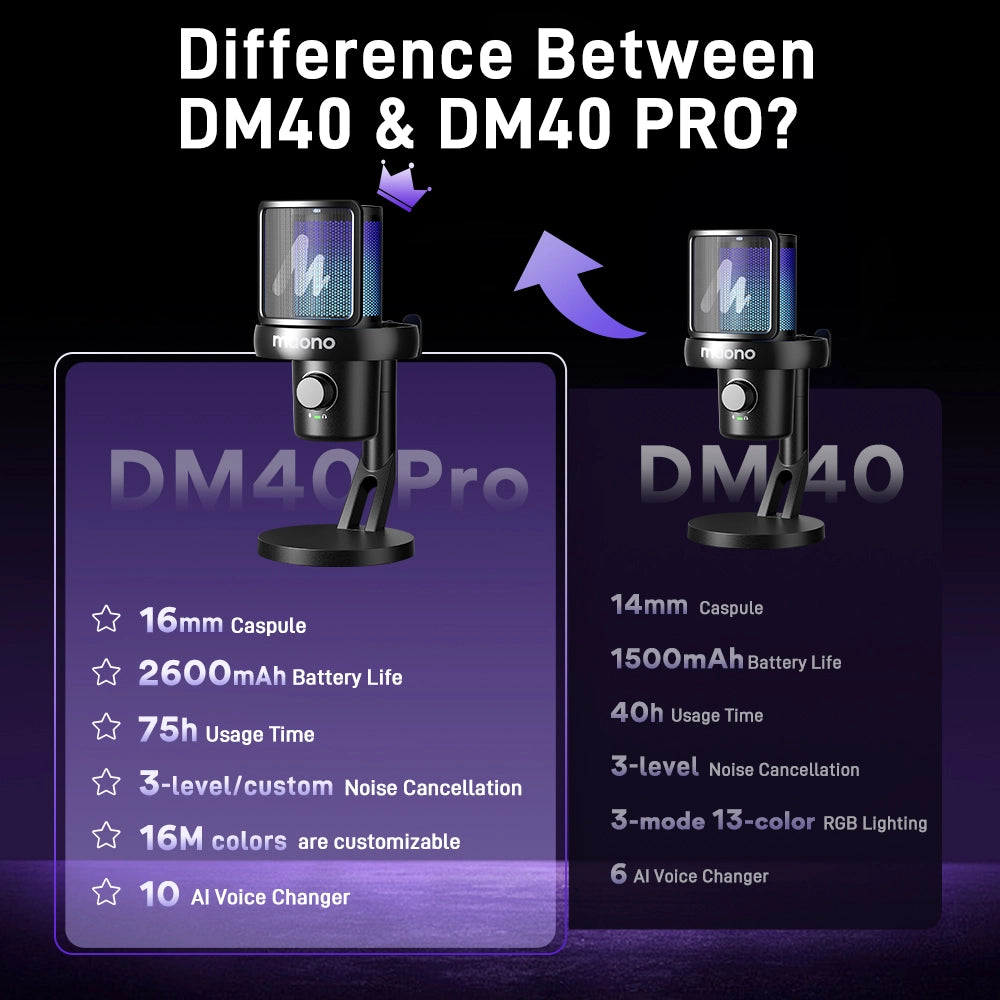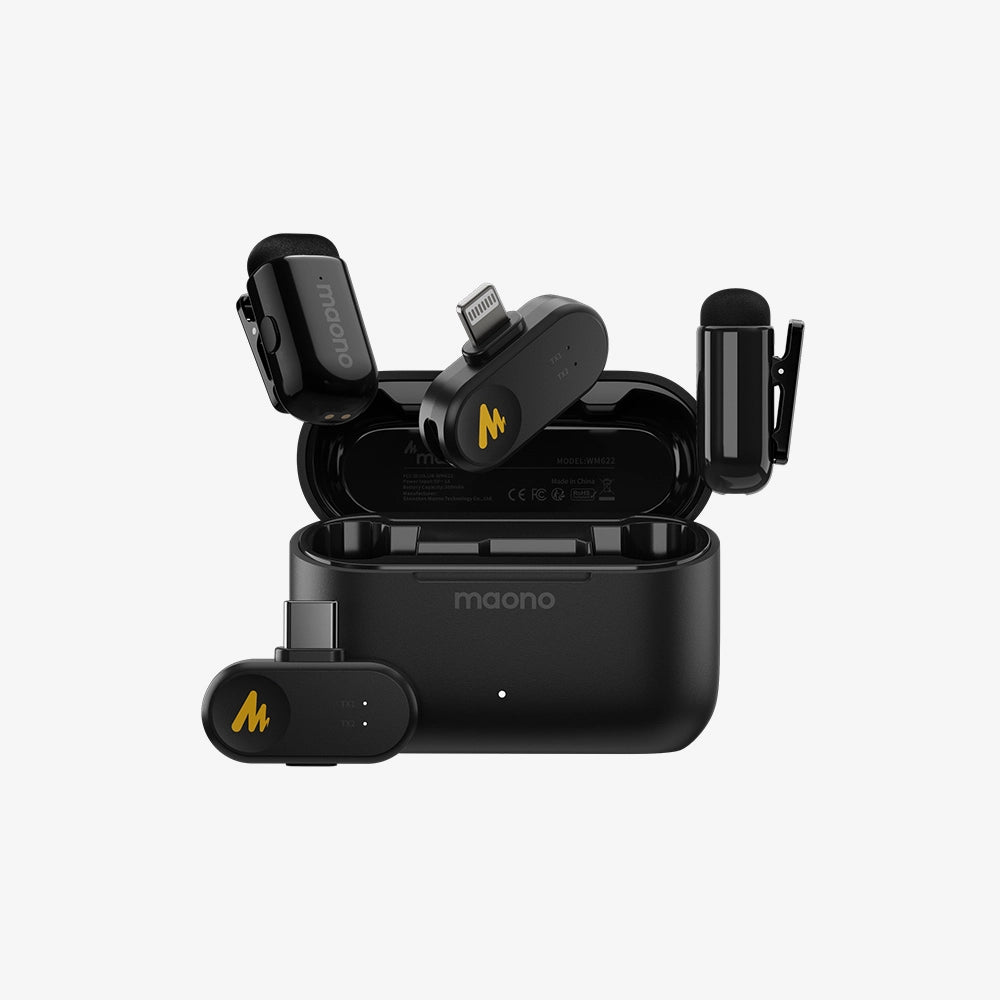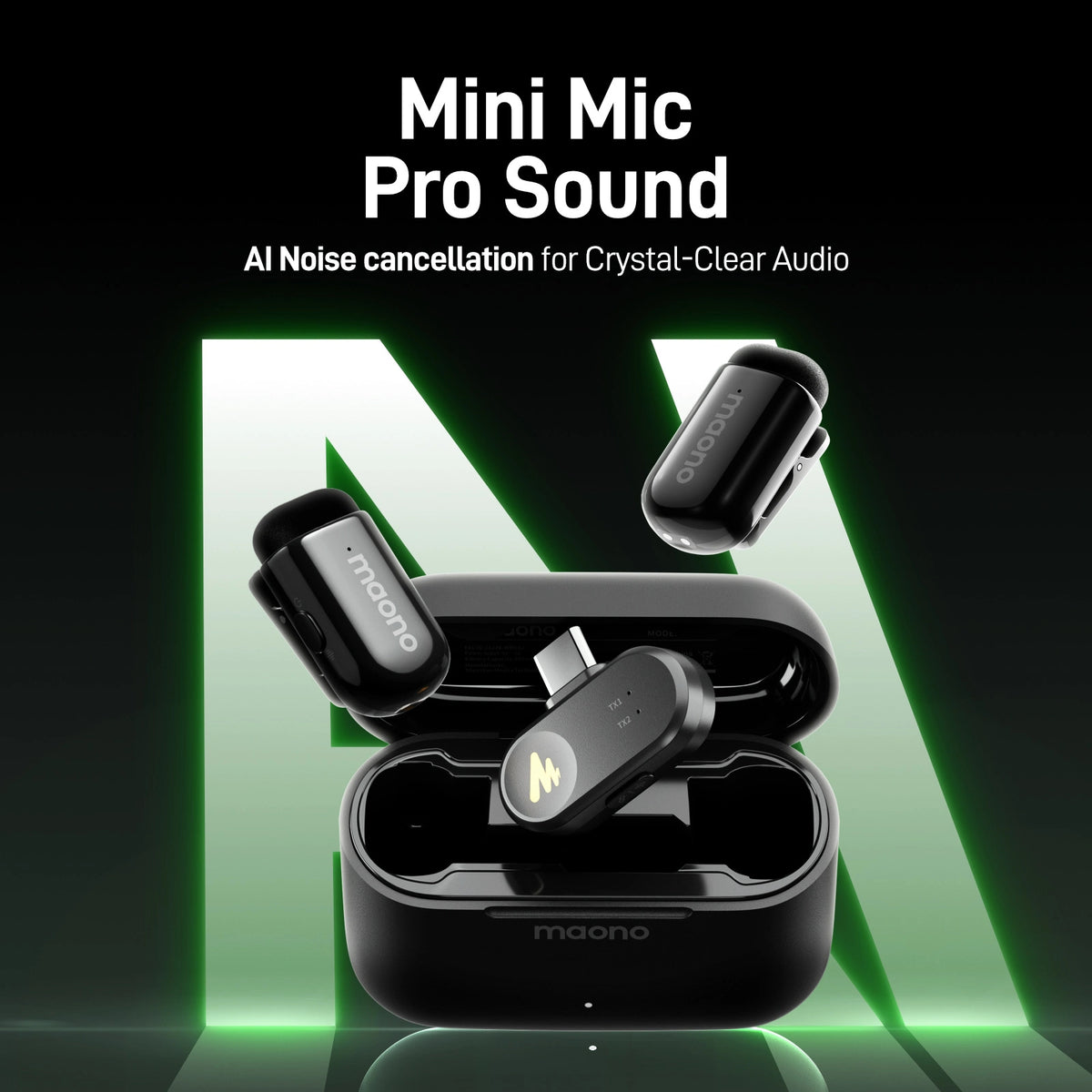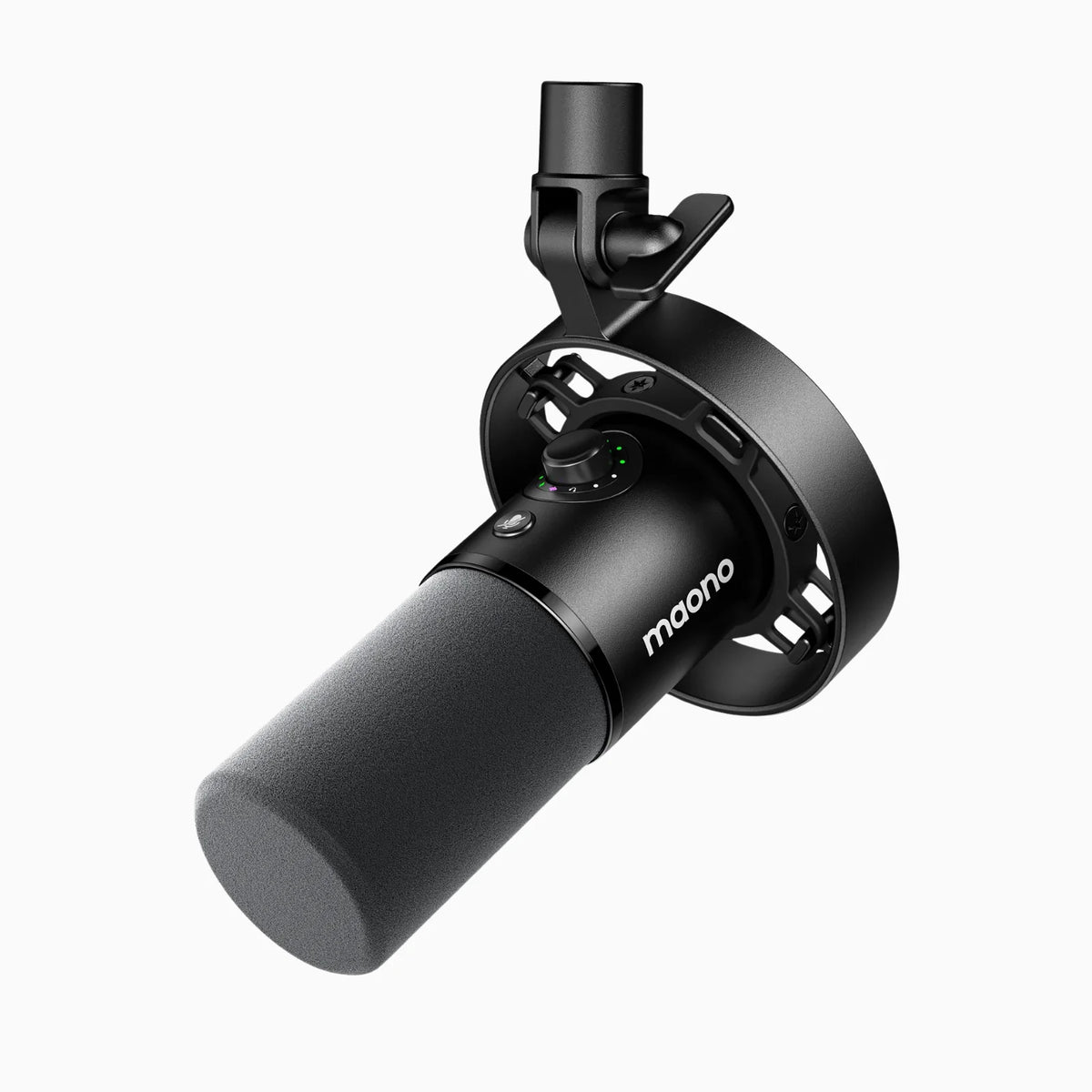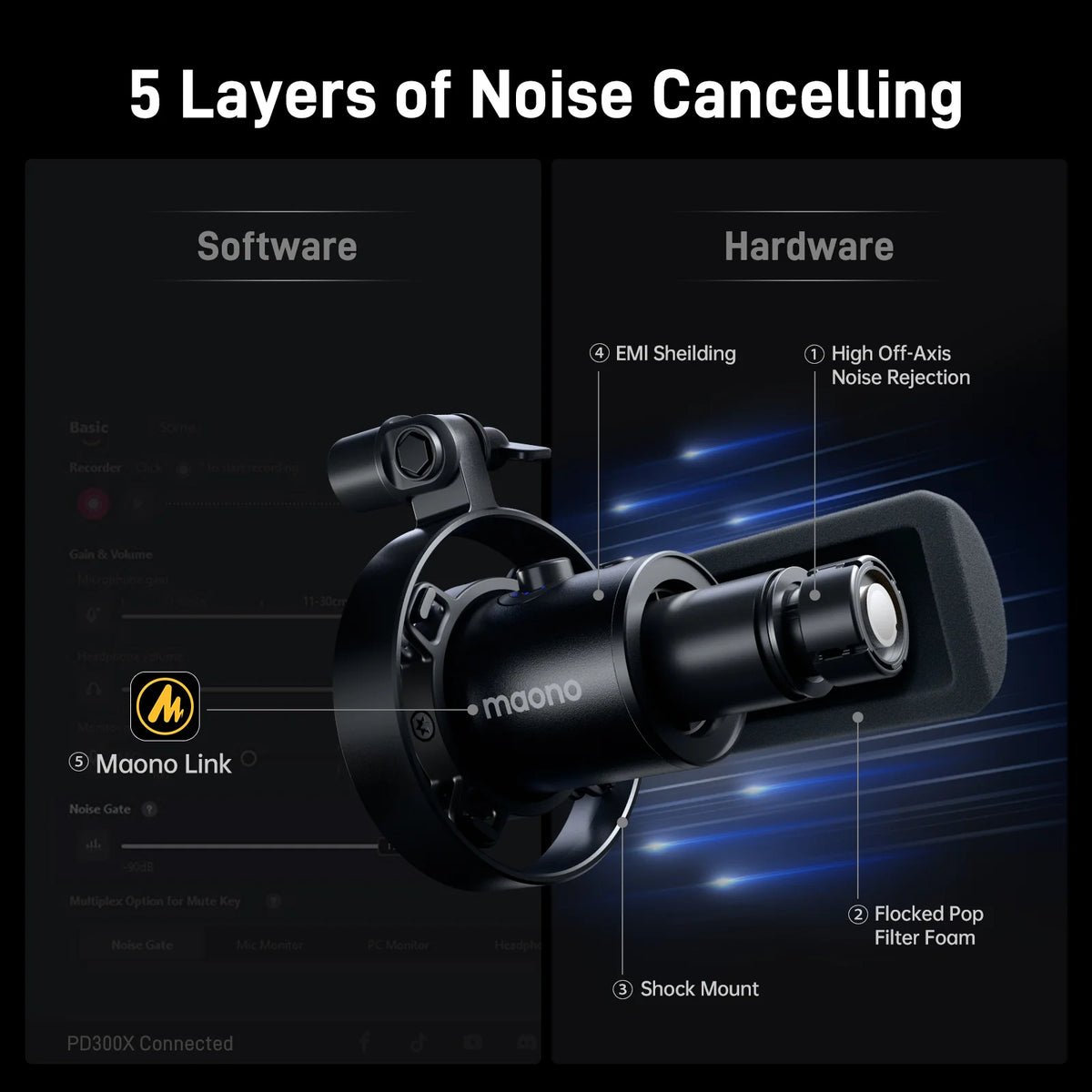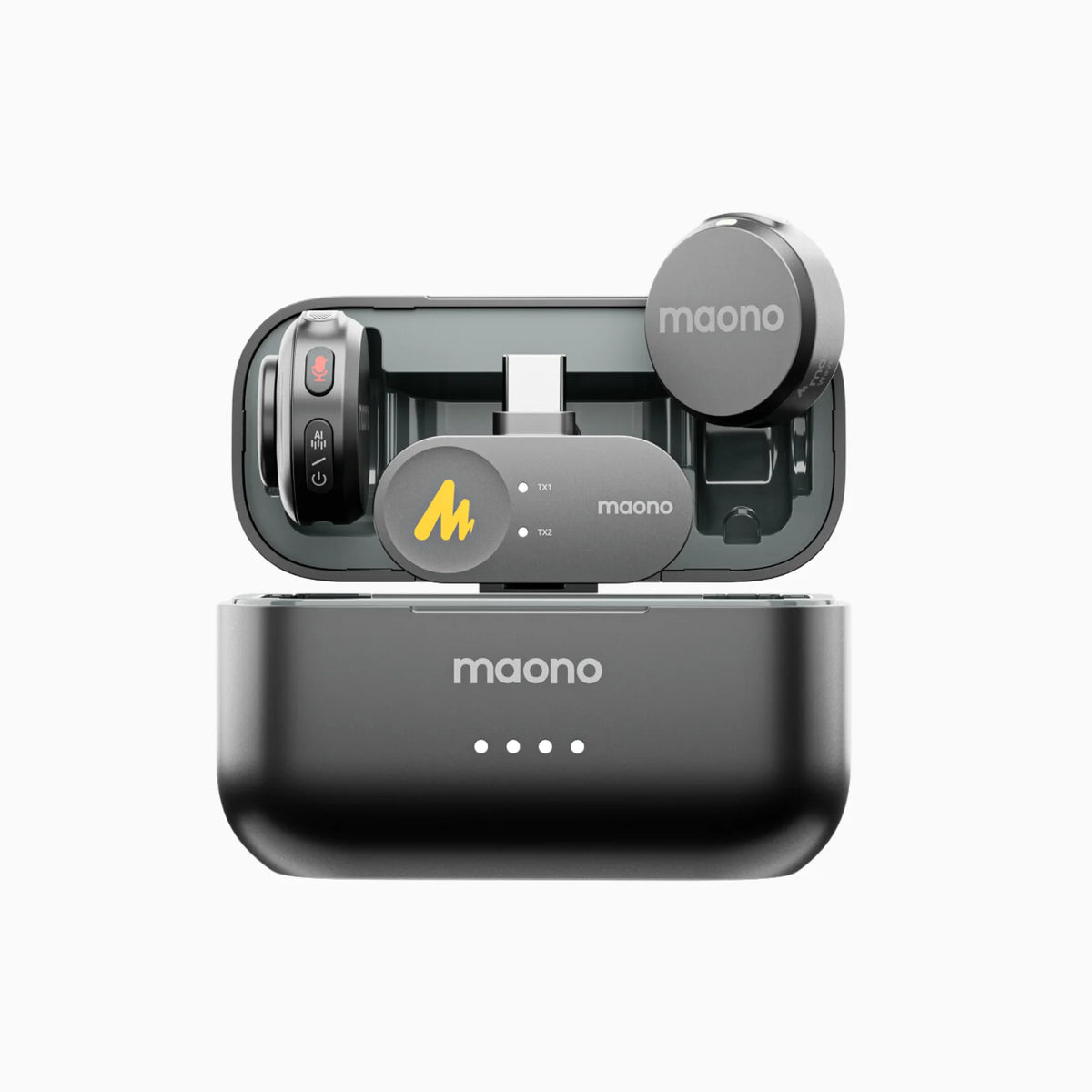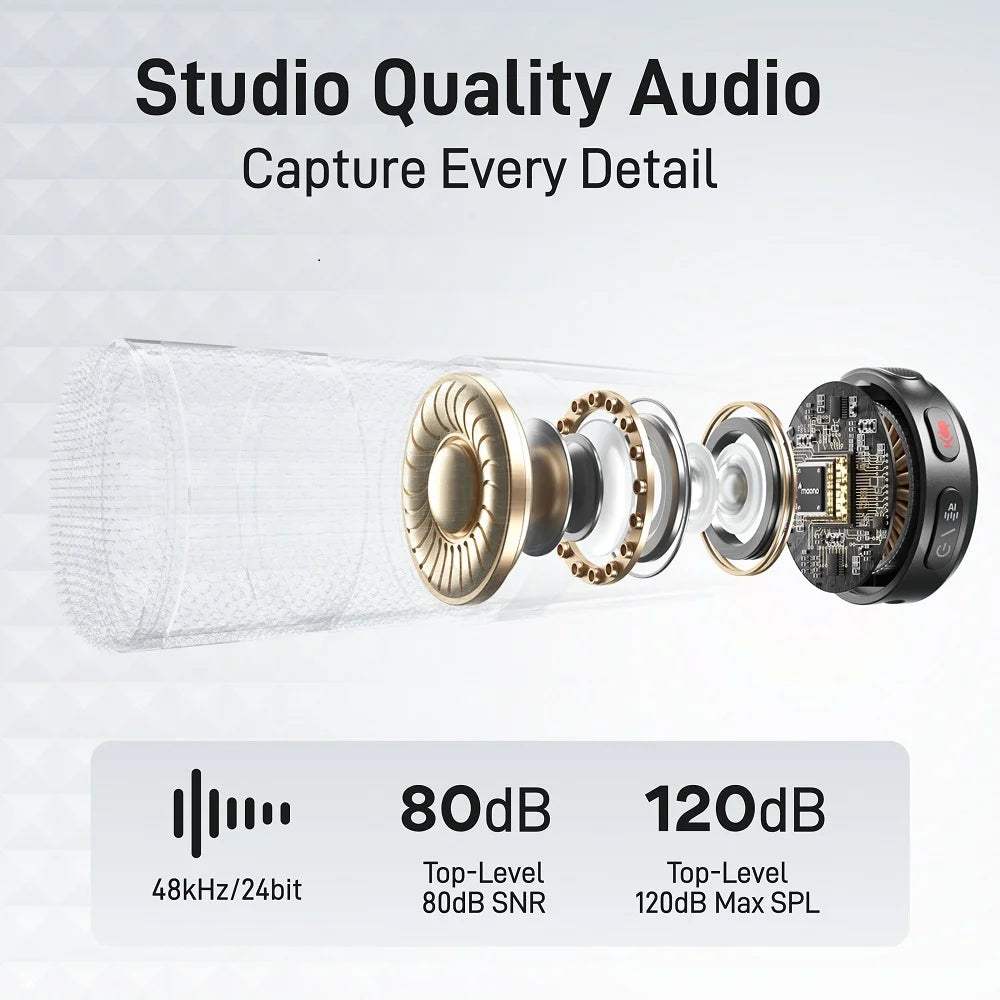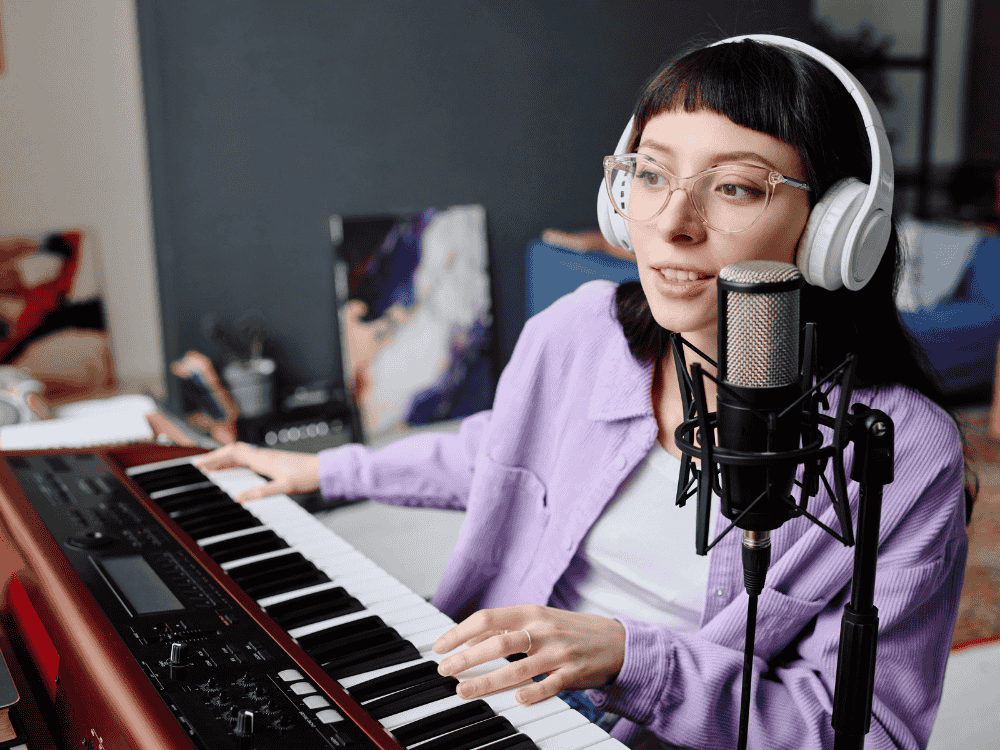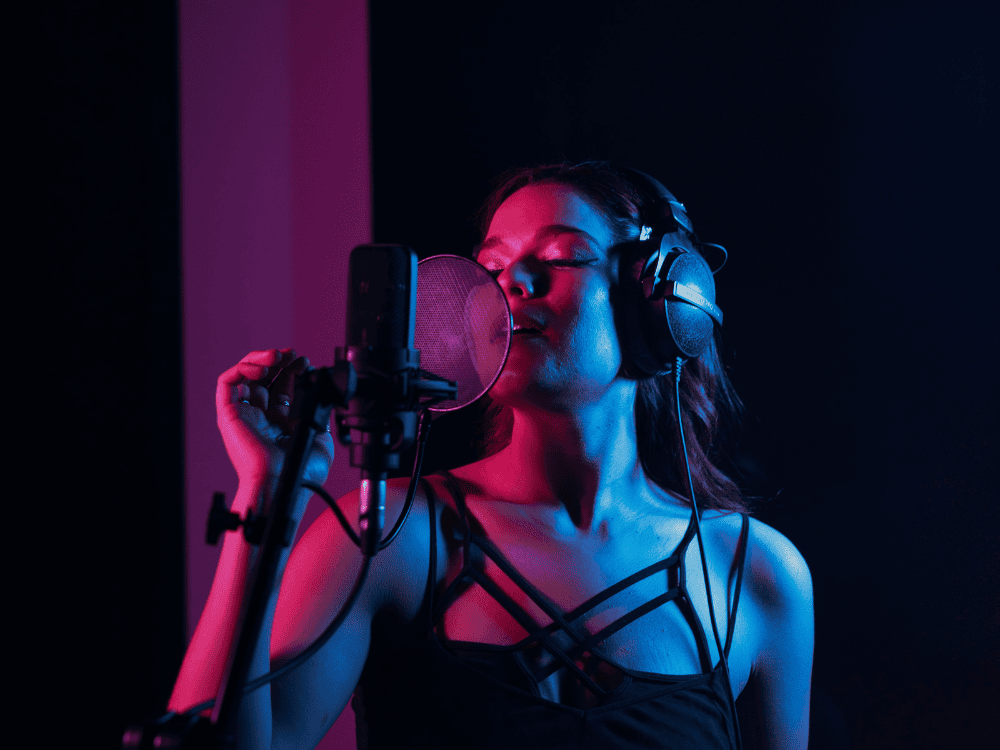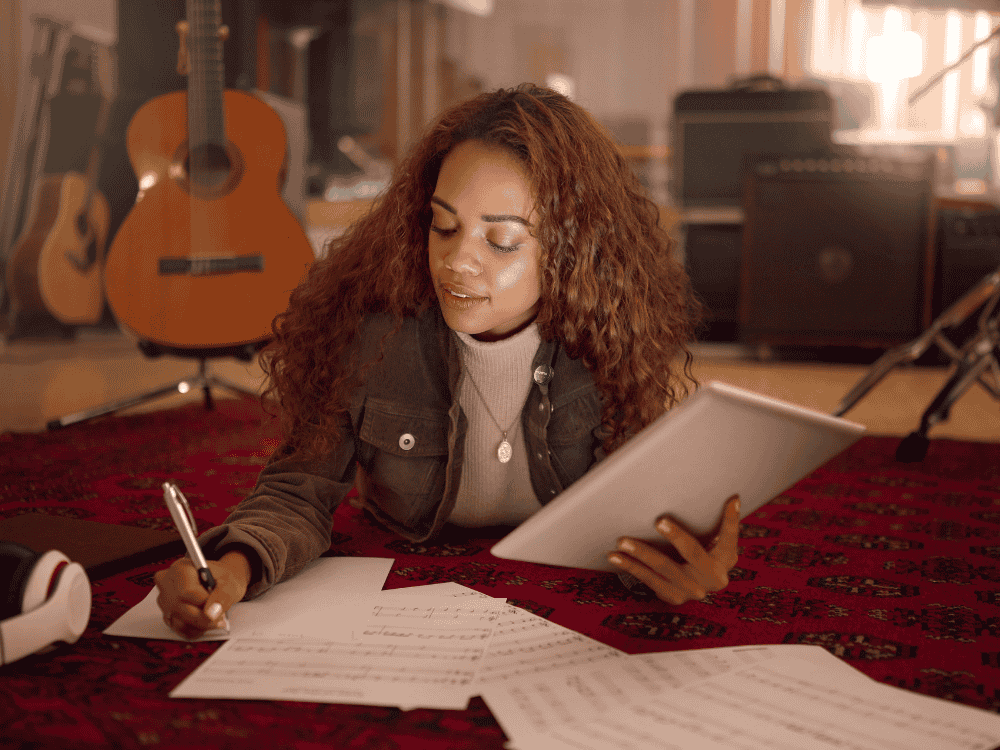Recording a piano can be a rewarding yet challenging endeavor, especially when aiming to capture its rich, intricate sound without overspending. Imagine creating a beautiful piano recording that rivals professional studio quality, all while keeping your budget in check. If you're a musician or hobbyist looking to achieve that, finding good, budget microphones for piano recording can make all the difference. In this guide, we'll explore how to select the best microphones for piano (or instrumental and vocal recording) that offer excellent performance without breaking the bank, ensuring you get the best value for your investment.
What is the Best Mic for Recording Piano if Money is Not an Object?
If budget is not a concern, the Neumann U87 is widely considered the gold standard for piano recording. Renowned for its versatility and pristine sound quality, the U87's large diaphragm captures the piano's full range with exceptional clarity and detail. Its multiple polar patterns (omnidirectional, cardioid, and figure-8) make it ideal for various recording scenarios. However, given its high price tag, this microphone may not suit those on a tight budget. Continue reading for more recommendations on good mics for piano budget recording.
How to Record Digital Piano on a Budget?
Recording a digital piano on a budget involves a few key strategies:
- Utilize Built-In Outputs: Many digital pianos come with built-in line outputs (such as 1/4" or XLR) that can be connected directly to an audio interface or mixer. This bypasses the need for high-end microphones and can still yield high-quality recordings.
- Affordable Audio Interfaces: Invest in a good budget-friendly audio interface. Interfaces from brands like Focusrite, Behringer, and PreSonus offer great performance for their price, allowing you to connect your digital piano directly and record high-quality audio.
- Basic Studio Monitors or Headphones: For monitoring, you don’t need expensive studio monitors. Decent budget-friendly options are available that provide clear and accurate sound for mixing and recording.
How to Set Up a Microphone to Sing and Play Piano?
Setting up a microphone to simultaneously capture piano and vocal performance requires careful consideration of mic placement and technique:
1. Microphone Placement
Position the microphone close to the piano but at an angle to avoid capturing excessive piano noise. For vocals, place the microphone at a distance that balances both your voice and the piano sound. A common setup is to use a cardioid microphone placed about 6-12 inches from the singer’s mouth while being angled towards the piano.
2. Use a Pop Filter
A pop filter is essential for reducing plosive sounds when singing, ensuring your vocals are clear and free from distortion.
3. Monitor Levels
Ensure your recording levels are balanced between the piano and vocals. Adjust the gain on your audio interface or mixer to avoid clipping and distortion.
What's a Decent Mic That Will Connect to My Phone and Be Good for Piano Audio?
For a microphone that connects directly to your phone and provides good quality for piano recording, consider the Rode VideoMic Me-L. This compact microphone connects via the Lightning port on iOS devices and delivers excellent audio quality. It features a cardioid polar pattern, which helps isolate the piano sound from background noise. Another option is the Shure MV88, which also connects to iOS devices and offers adjustable stereo width for capturing a more immersive piano sound.
What are the Best Budget, Good Microphones to Record Piano?
Here are five budget-friendly microphones that offer good performance for piano recording:
1. Rode NT1-A
Mic Type: Condenser
Frequency Response: 20Hz - 20kHz
Polar Pattern: Cardioid
Connectivity: XLR
Pros:
✅ Extremely low self-noise (5dBA)
✅ Excellent clarity and detail
✅ Comes with a shock mount, pop filter, and dust cover
Cons:
❌ Requires an audio interface or preamp (no USB connection)
❌ Sensitive to environmental noise
Price: Approximately $319
Notable Features:
✅ Known for its pristine audio capture
✅ Low self-noise makes it ideal for detailed recording
✅ Comes with a complete recording kit
The Rode NT1-A is a high-quality condenser microphone praised for its exceptionally low self-noise and clear sound. It's ideal for studio recording, including vocals and acoustic instruments like piano.
2. Maono PM500

Mic Type: Condenser
Frequency Response: 20Hz - 20kHz
Polar Pattern: Cardioid
Connectivity: XLR
Pros:
✅ Affordable price for its price point
✅ Includes a shock mount and pop filter
✅ Good build quality for the price
✅ Mic Construction: Full metal body
Cons:
❌ Requires an audio interface or mixer
Price: Approximately $149.99
Notable Features:
✅ Comes with a complete recording kit
✅ Good for budget-conscious users
The Maono PM500 is a budget-friendly condenser microphone with a 34 mm large diaphragm capsule, offering good performance for its price, and a good microphone for piano. It’s suitable for home studio recording and comes with essential accessories for improved recording quality. Since it’s an XLR mic, it requires phantom power, purchase the Maono PS22 audio interface and you’re good to go, if you plan to use it on piano keyboards recording.
3. Maono PM422

Mic Type: Condenser
Frequency Response: 20Hz - 20kHz
Polar Pattern: Cardioid
Connectivity: USB
Pros:
✅ Easy to use with USB connectivity
✅ Affordable price
✅ Includes a shock mount and pop filter
Cons:
❌ USB connectivity may have higher latency compared to XLR
Price: Approximately $99.99
Notable Features:
✅ Plug-and-play USB connectivity
✅ Ideal for home recording and streaming
The Maono PM422 is a USB condenser microphone that provides convenience and affordability. It’s suitable for users looking for an easy-to-use mic for home recording or streaming.
4. MXL 990
Mic Type: Condenser
Frequency Response: 20Hz - 20kHz
Polar Pattern: Cardioid
Connectivity: XLR
Pros:
Warm, full sound
Affordable price
Includes a shock mount
Cons:
❌ Requires an audio interface or mixer
❌ Not as detailed as some higher-end microphones
Price: Approximately $99.95
Notable Features:
✅ Known for its warm and rich sound
✅ Good value for money
The MXL 990 is a popular budget condenser microphone known for its warm, full sound. It is a great option for those seeking a cost-effective solution for recording vocals and instruments.
5. Behringer C-1
Mic Type: Condenser
Frequency Response: 40Hz - 20kHz
Polar Pattern: Cardioid
Connectivity: XLR
Pros:
✅ Very affordable
✅ Decent sound quality for the price
✅ Includes a shock mount
Cons:
❌ Higher self-noise compared to more expensive models
❌ Less detailed sound reproduction
Price: Approximately $50
Notable Features:
✅ Very budget-friendly
✅ Suitable for entry-level recording
The Behringer C-1 is an entry-level condenser microphone that offers good performance for its price. It’s a solid choice for beginners and those on a tight budget looking for a functional mic for recording vocals and instruments.
FAQs
1. USB vs XLR Microphones: Which One is Better in Piano Recording?
XLR microphones are generally preferred for piano recording due to their superior sound quality and versatility. They offer more detailed and accurate sound reproduction and are commonly used in professional settings. USB microphones are more convenient and often sufficient for casual or home recordings, but they might not provide the same level of detail and clarity as XLR mics.
2. How Do I Clean and Maintain My Maono USB/XLR Microphone?
To clean and maintain your USB&XLR microphones:
- Avoid excessive moisture: Keep the microphone away from water and clean it with a dry, soft cloth.
- Use a pop filter: This helps protect the microphone from saliva and dust.
- Store properly: Keep your microphone in a case or cover when not in use.
- Regular checks: Inspect cables and connectors for wear and tear.
3. What Do User Reviews Say About the Performance of Maono USB/XLR Microphones?
User reviews of Maono USB/XLR microphones generally praise their value for money. Users appreciate the solid build quality and clear sound reproduction, especially considering the affordable price. However, some users note that they might not have the same level of performance as higher-end microphones. Overall, Maono microphones are well-regarded for entry-level and budget-conscious setups.
Conclusion
Finding a budget-friendly microphone for piano recording doesn’t mean compromising on quality. By considering the options listed and following the setup tips provided, you can achieve professional-sounding recordings without breaking the bank. Whether you’re using a high-end condenser microphone or a more affordable model, the key is to ensure proper placement and setup to capture the best sound possible. With the right equipment and techniques, you can enjoy high-quality piano recordings even on a tight budget.




